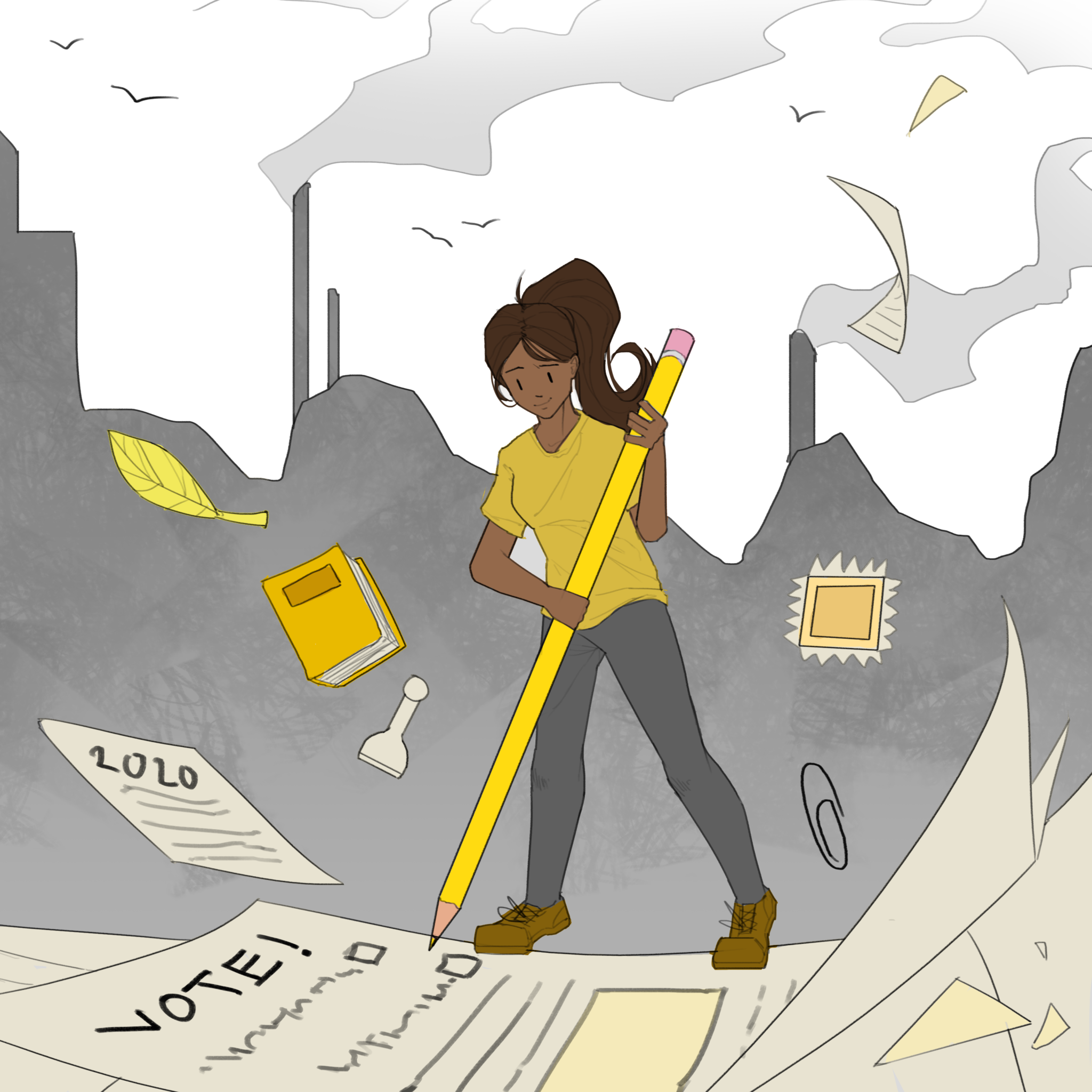

In the week leading up to Oct. 6, Aragon students partook in the California Student Mock Election sponsored by the California Secretary of State. American Government teachers Kevin Nelson and Scott Silton organized the Mock Election as a schoolwide event.
The Mock Election has been organized by various Aragon government teachers since 2008. In recent years, students would go to the Multi-Purpose Room during social science classes to complete a virtual ballot on Chromebooks. This year, due to distance learning, students participated in the election through a Canvas quiz instead.
Results of the Mock Election mostly favored the Democratic Party. In the presidential vote, Joe Biden won by a landslide, acquiring 83% of the votes, while 12% voted for Donald Trump and 5% of participants voted for other parties. However, Prop 16, which allows for race to be considered in public employment, education and contracting, was almost split evenly with 54% voting “yes” and 46% voting “no.”
“[Having a Student Mock Election] shows our community that it’s a misconception that teenagers are uninterested and selfish,” said Senior Class President Daniela Virgen. “If we’re willing to participate in this Mock Election and we have great results … [we can show that] students are educated and engaged in politics.”
“Students don’t realize the power [voting] can have, especially since they don’t have that right yet”
The Mock Election intends to promote civic engagement among students and to familiarize them with voting so they can cast a ballot when they are of age to do so.
“Students don’t realize the power [voting] can have, especially since they don’t have that right yet,” said sophomore Harvard Model Congress Club member Zoe Neil. “Now is the best time to learn about the impact that a vote has and how to be a good voter.”
Some believe that encouraging students to become regular voters could stimulate future political involvement.
“Maybe our parents or our friends aren’t voting or they’re not learning about the different props and candidates, so I think that this is also a good way for us to feel comfortable sharing what we’ve learned,” said junior Current Events Club President Yossi Moff. “I read about props and measures. … I had been telling my parents about them.”
After voting ends, the Secretary of State’s office compiles the statistics from each participating high school. Although not required by the Secretary of State’s Student Mock Election, Nelson and Silton decided to include the new demographic section this year because they believed it could inform how accurate the results were in representing Aragon’s entire student body and simulate an exit poll.
“When you register to vote in real life, they also collect [demographic] information and report that information,” Virgen said.
In previous years, Felder reported having a participation rate of 95%, compared to this year’s 60%. Despite the low turnout, Aragon may continue using Canvas as a platform for future Mock Elections.
“Canvas is a very efficient system to deliver info and collect data, so it’s going to be something we’ll continue using in Mock Elections,” Nelson said. “It’s also a place where, as a government teacher, I can link information and articles.”
Aragon’s Mock Election poll data is not representative of the school’s entire student body, due to the lower turnout. As a result, the racial makeup of participants does not align with Aragon’s true demographics. Around 26.8% of student voters identified themselves as Asian, 22.6% white, 15.6% mixed-race, 11% Latinx or Hispanic, 2% Pacific Islander or Hawaiian, less than 1% African American and 21% unidentified, whereas Aragon students are 30% Asian, 27% Latinx or Hispanic, 27% white, 1% mixed-race, 4% Pacific Islander or Hawaiian and 1% African American.
With the district administration on record supporting voter registration, it is likely that Mock Elections at Aragon will continue in 2022.



